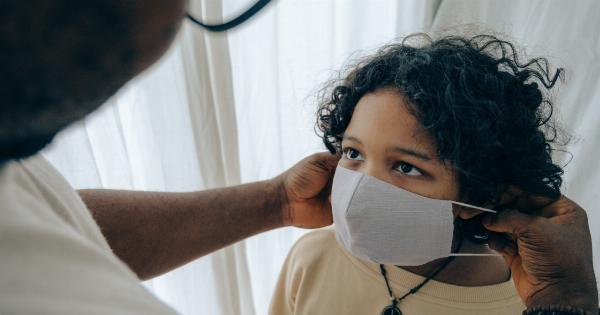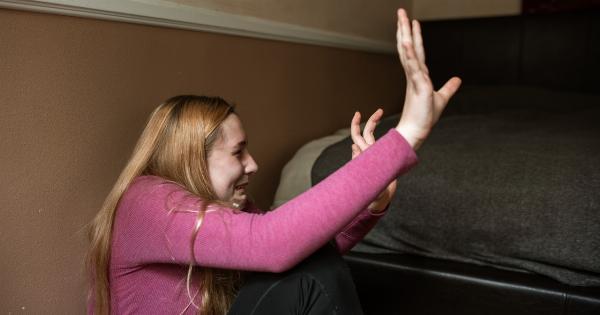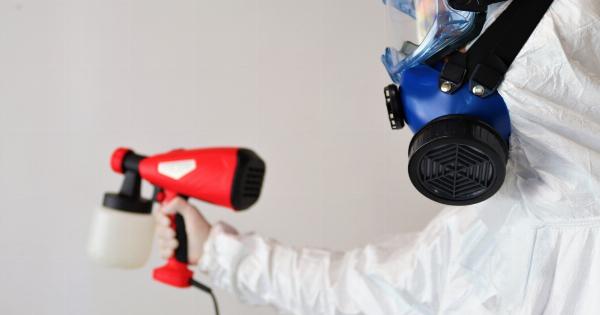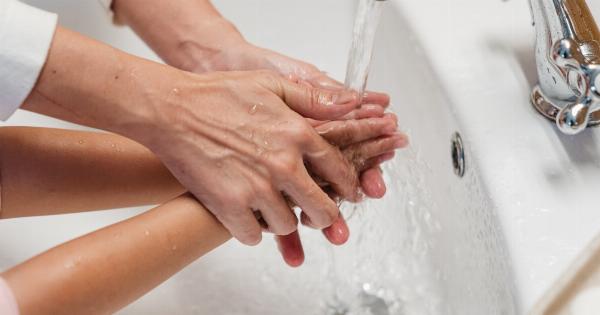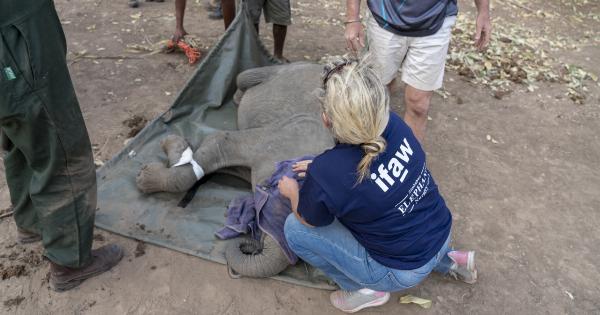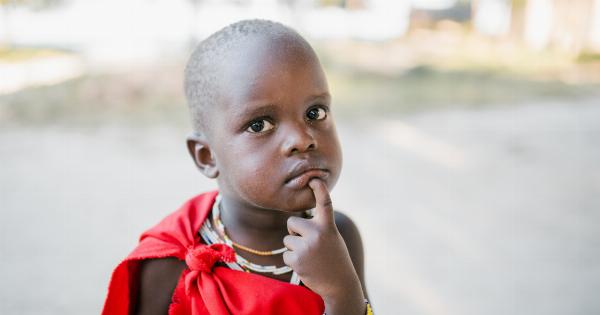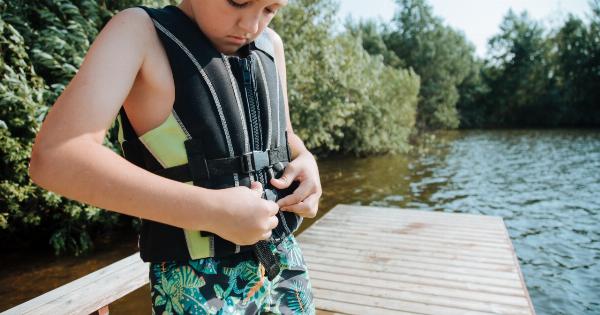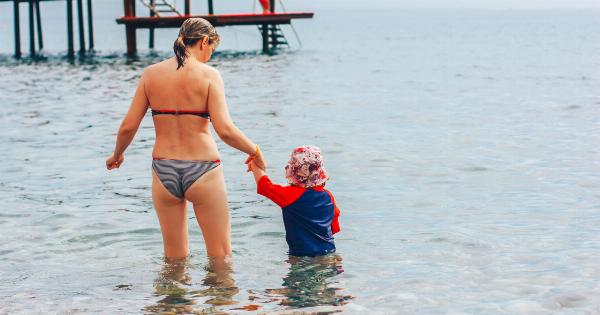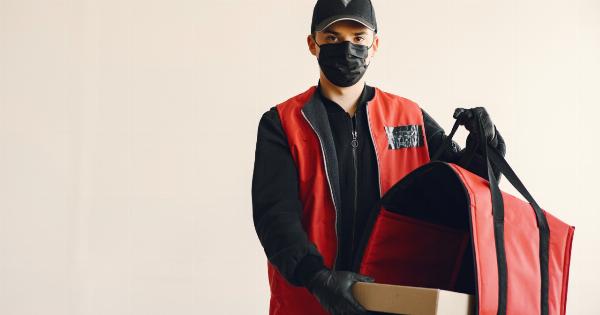One of the scariest things a parent can imagine is losing their child to drowning. While it’s important to be vigilant around bodies of water, it’s also vital to understand the potential for secondary and dry drowning.
Knowing the signs and symptoms can help you take swift action if something seems off.
Secondary Drowning
Secondary drowning occurs when a small amount of water gets into the lungs, causing inflammation and compromising lung function. This can happen even if a child doesn’t appear to be in distress while swimming or playing in the water.
Signs of secondary drowning can take anywhere from one to 24 hours to appear after the incident that caused it, so it’s important to keep an eye out for symptoms long after the child has left the water.
Symptoms of Secondary Drowning
Common symptoms of secondary drowning include:.
- Coughing or wheezing
- Difficulty breathing or gasping for air
- Chest pain or tightness
- Extreme fatigue or lethargy
- Sudden changes in behavior or mood
- Blue or pale skin and lips
If your child exhibits any of these symptoms, seek medical attention right away. Secondary drowning can be life-threatening if left untreated.
Dry Drowning
Dry drowning occurs when water enters the airway and causes vocal cords to spasm, blocking air flow in and out of the lungs.
Like with secondary drowning, this can happen even if a child doesn’t seem to be in distress while swimming or playing in water.
The symptoms of dry drowning can be similar to those of secondary drowning. They can occur immediately following the incident or up to 24 hours later.
Symptoms of Dry Drowning
Common symptoms of dry drowning include:.
- Coughing or sputtering
- Shortness of breath or difficulty breathing
- Chest pain
- Seizures or convulsions
- Low energy or fatigue
- Changes in behavior or mental status
If your child experiences any of these symptoms, seek medical attention immediately. Both secondary and dry drowning can be life-threatening if not treated promptly.
Prevention
The best way to prevent secondary and dry drowning is to be vigilant and aware of the potential for such incidents. Supervise your children when they play in or around water, and make sure they take swimming lessons and learn basic water safety.
In addition to being attentive, consider using life vests or other flotation devices when your children are swimming or playing in the water. These can help keep them afloat in case of an unexpected incident.
Conclusion
While secondary drowning and dry drowning are rare, it’s important to be aware of the potential for these conditions and know the signs and symptoms.
Stay vigilant and take action if your child exhibits any unusual behaviors or symptoms after being in or near water. And remember, prevention is key!.


